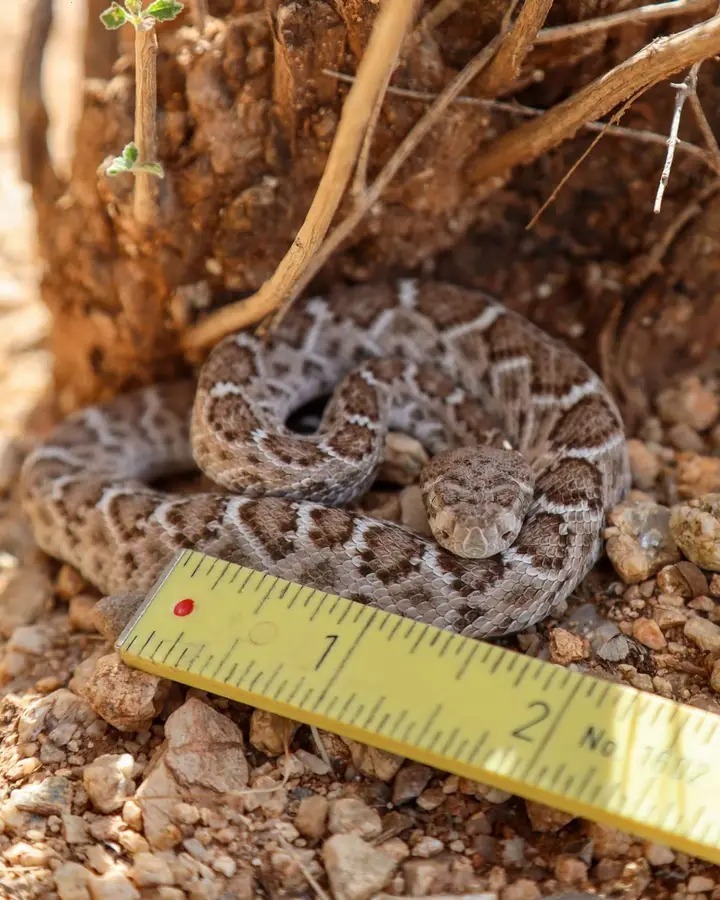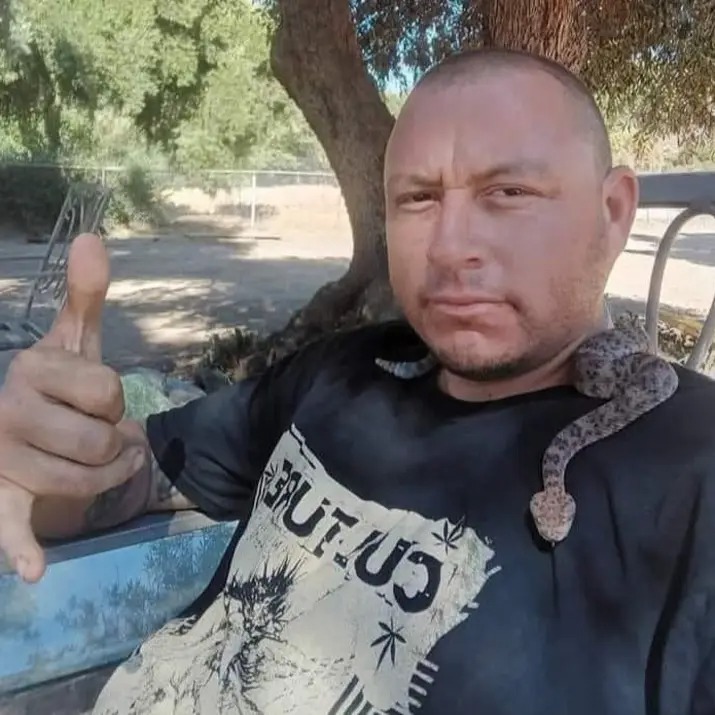After a previous article on rattlesnake relocation, we were contacted by AZ Game and Fish with a correction to the information they had provided in response to a public records request.
“Attached are another individual's records who is able to relocate rattlesnakes in Mohave County. I apologize for this not being included with the other records; the folder was set aside for administrative purposes.” the email stated.
Also, “I saw in your article that you listed Bryan's Wildlife Services, Cowboy Critter Control, and First Defense Wildlife Control as people that can move snakes in Mohave County. These people are licensed in Yavapai County. We were asked to pull all licenses in our region, which includes Mohave and Yavapai Counties.”
According to their records, that Game and Fish missed, Raul Gabriel Torres of All American Rattlesnake Removal in Kingman has a current license to remove and relocate venemous reptiles.
And it’s still warm enough out for the next few weeks that
venomous vipers are an issue. As a matter of fact,
 they are giving birth this
time of year, and juveniles are barely larger than a pencil and very easy to
miss if you’re not hyper vigilant...until it’s too late. Newborn Mojave green
rattlesnakes (Crotalus scutulatus), like the Western Diamondback, are live-born
after a gestation period of several months, typically in litters of 2 to 17
young during late summer (July to August). At birth, they measure approximately
9 to 11 inches in length, with some sources citing an average around 10 to 12
inches. These neonates resemble miniature adults in coloration and pattern,
featuring a pale green to brownish hue with dark diamond-shaped markings along
the back, and they are equipped with a single rattle button (pre-button) on the
tail. Despite their small size, newborns are fully venomous and capable of
delivering a dangerous bite, though they pose less overall risk than adults due
to smaller venom yields. This size allows them to be independent immediately
after birth, hunting small prey like lizards and insects in their arid desert
habitats, or your yard.
they are giving birth this
time of year, and juveniles are barely larger than a pencil and very easy to
miss if you’re not hyper vigilant...until it’s too late. Newborn Mojave green
rattlesnakes (Crotalus scutulatus), like the Western Diamondback, are live-born
after a gestation period of several months, typically in litters of 2 to 17
young during late summer (July to August). At birth, they measure approximately
9 to 11 inches in length, with some sources citing an average around 10 to 12
inches. These neonates resemble miniature adults in coloration and pattern,
featuring a pale green to brownish hue with dark diamond-shaped markings along
the back, and they are equipped with a single rattle button (pre-button) on the
tail. Despite their small size, newborns are fully venomous and capable of
delivering a dangerous bite, though they pose less overall risk than adults due
to smaller venom yields. This size allows them to be independent immediately
after birth, hunting small prey like lizards and insects in their arid desert
habitats, or your yard.
So keep your eyes on the ground and those flat shovels handy, because it’s harder to hit a tiny moving “nope rope” with a pistol, and if you see one juvenile there’s probably more!

